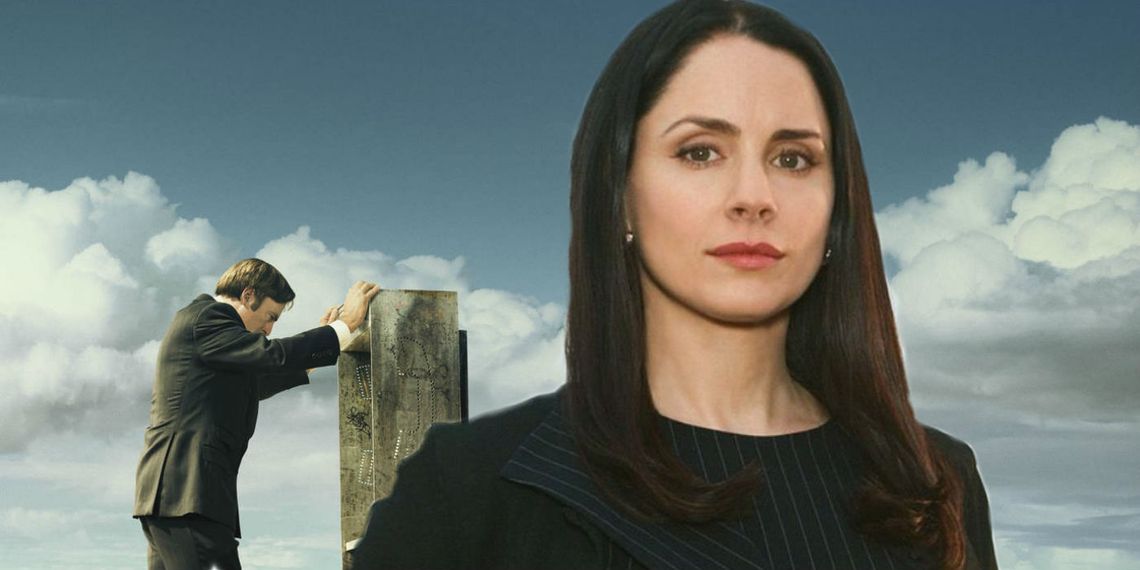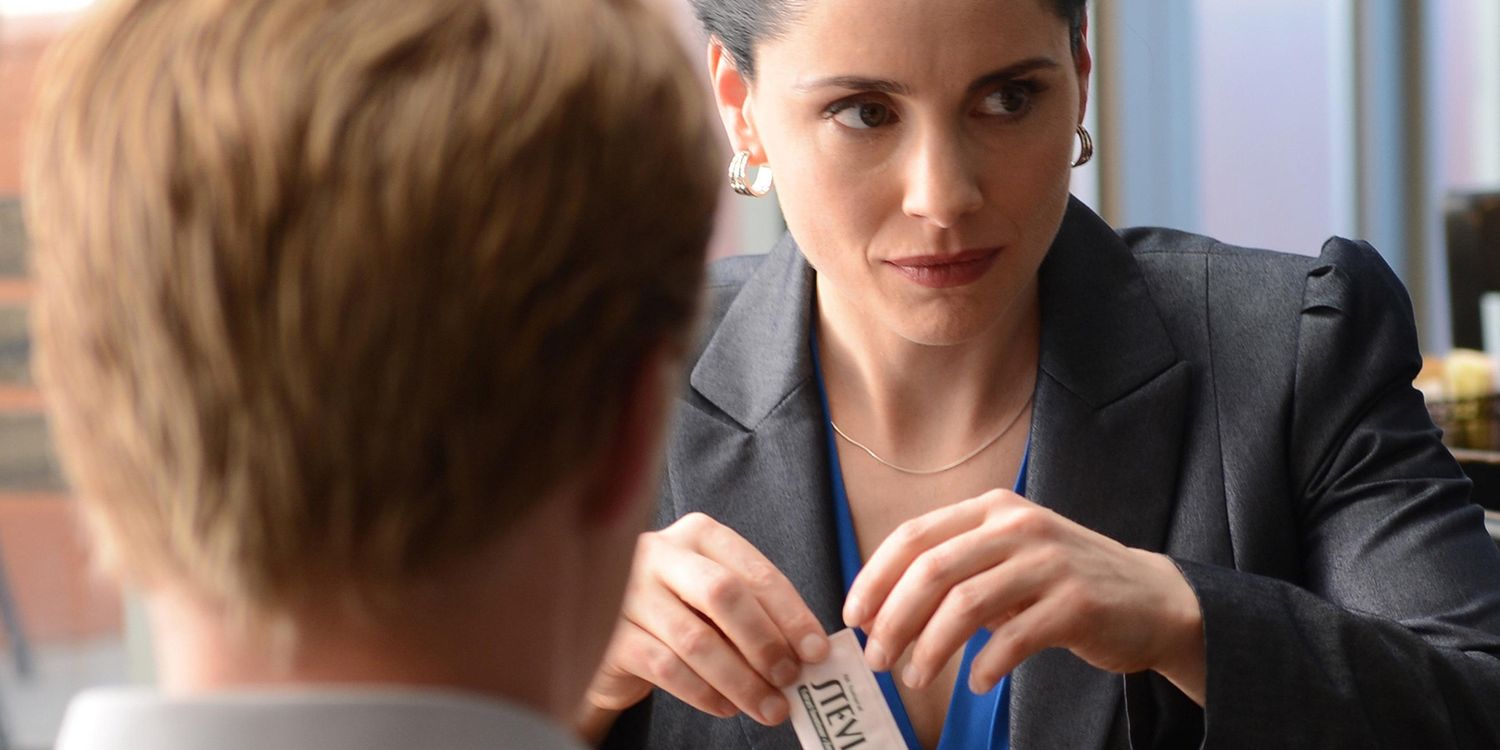Amidst the cauldron of chaos and methamphetamine production in “Breaking Bad,” Lydia Rodarte-Quayle emerged as a character shrouded in mystery and contradictions. While fans were introduced to her logistical acumen in “Breaking Bad,” it was not until “Better Call Saul” that the layers surrounding Lydia, portrayed by Laura Fraser, began to peel back, revealing the extent of her entanglement in the dangerous undertakings of Gus Fring and the dark corners of Madrigal Electromotive.
The Metamorphosis of Lydia: From Logistic Head to Antagonist
Lydia, debuting in the fifth season of “Breaking Bad,” swiftly ascended as one of the show’s final adversaries, clashing with the iconic Walter White. Her intricate engagement with Gus Fring’s perilous ventures pulled her deep into a vortex of crime and power. The entrapment of Madrigal Electromotive by the DEA spotlight revealed her anxieties and the lengths she was willing to traverse to extricate herself from the law’s penetrating gaze.
It was her strained interactions with Mike Ehrmantraut that laid bare her desperation and resourcefulness. When solutions were elusive, she summoned the dark arts of the criminal world to protect her empire, even attempting to eliminate Mike when alliance seemed improbable.

The Symbiotic Dance with Walt and the Heist Success
Despite the suspicions shadowing Lydia’s role in the meth emporium, her strategic insights were pivotal in orchestrating a triumphant train heist, acquiring a colossal amount of methylamine. Her collaboration with Walt expanded their meth dominion to the Czech Republic, weaving new tapestries of power and influence. However, her alliances were fluid, aligning with Todd and neo-nazis, revealing a spectrum of loyalties and betrayals. Ultimately, it was her intricate web of deceptions that led to her demise by Walt’s hands.
The Unearthed Past in Better Call Saul
The intricate puzzle of Lydia’s character saw additional pieces in “Better Call Saul,” as Laura Fraser revived her role, offering viewers intriguing glimpses into Lydia’s past. It was here that her association with Gus Fring became more apparent, the contours of their partnership emerging more vividly. From laundering money for Mike to her continued tussles with him over security protocols at Madrigal, the prequel expanded on the complexity of Lydia’s relationships within the criminal enterprise.

Gus and Lydia: A Tale of Indifference and Power
Lydia’s endeavors to control Mike were met with indifference by Gus, who seemed unperturbed by the discord brewing between them. His casual stance on Lydia’s complaints against Mike revealed the nuanced dynamics of power and indifference inherent within their criminal syndicate. It was this subtle indifference that painted a broader stroke on Lydia’s journey, adding more shades to her character’s portrayal in “Breaking Bad.”
Conclusion:
Lydia Rodarte-Quayle, with her mysterious allure and intricate involvements, has been a fascinating enigma in the Breaking Bad universe. “Better Call Saul” has been instrumental in revealing the intricate layers and diverse shades of her character, illuminating her associations, ambitions, and the turbulent waters she navigated within the criminal world.
As fans await the return of “Better Call Saul” for its fifth season, the anticipation builds for more revelations and insights into Lydia’s intricate tapestry within this compelling universe. Her role promises to continue shedding light on the intricate networks and relationships, bringing more depth and understanding to the intertwining sagas of Lydia, Gus, and Mike.









